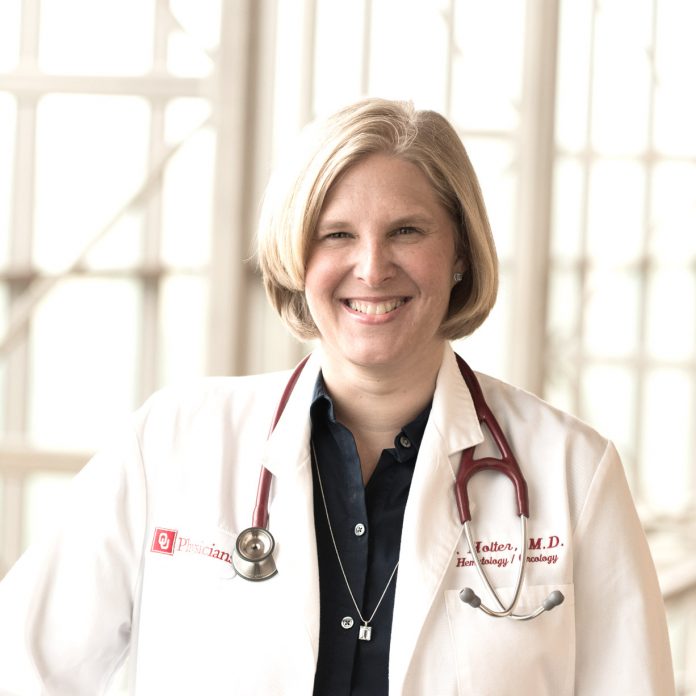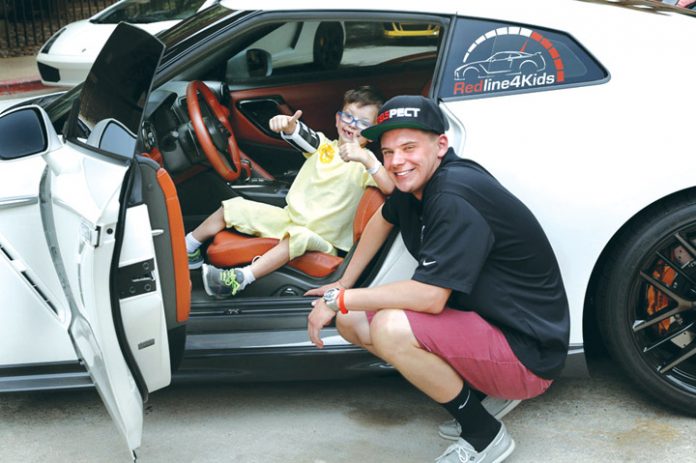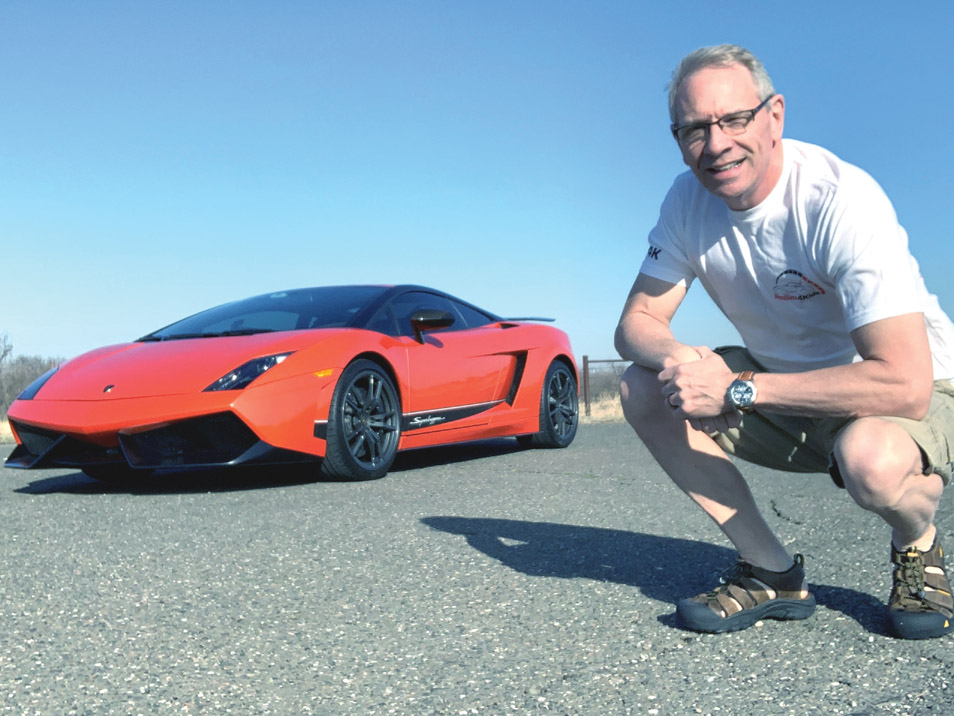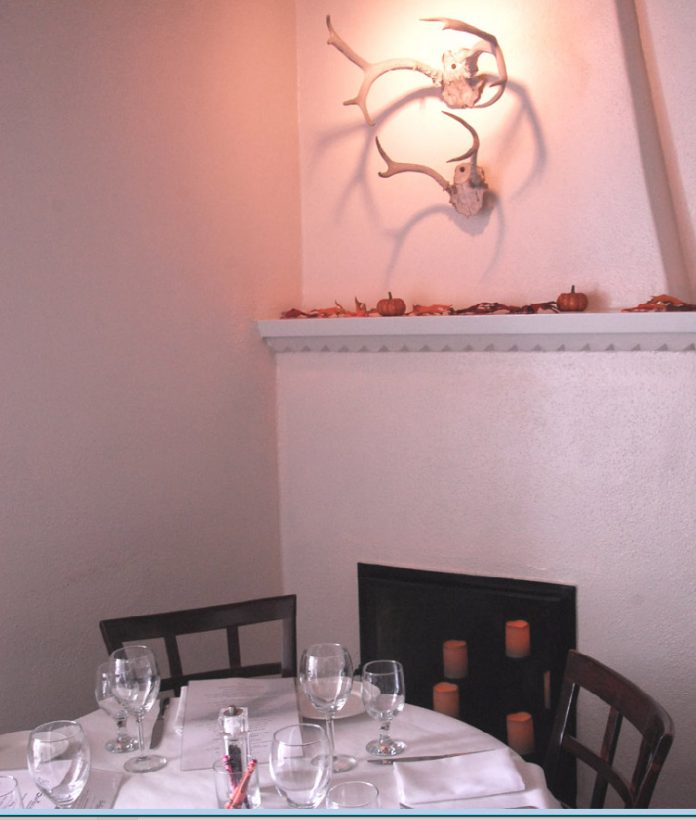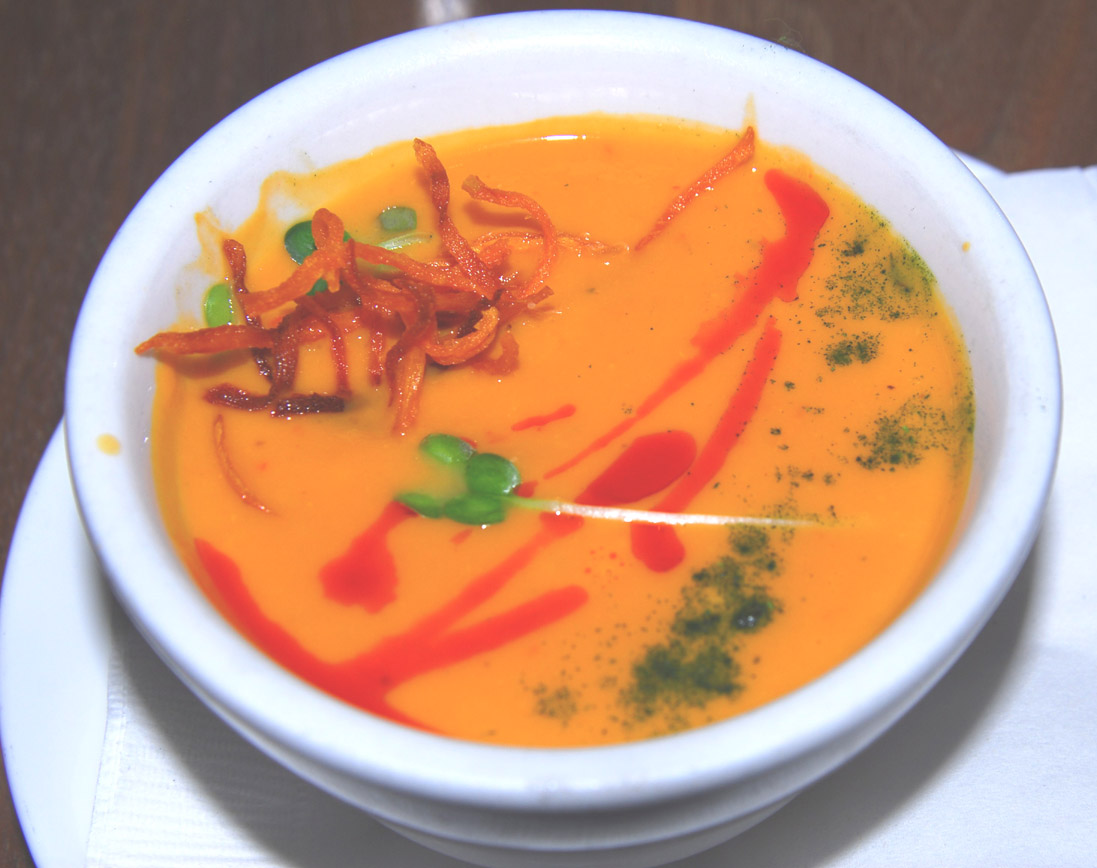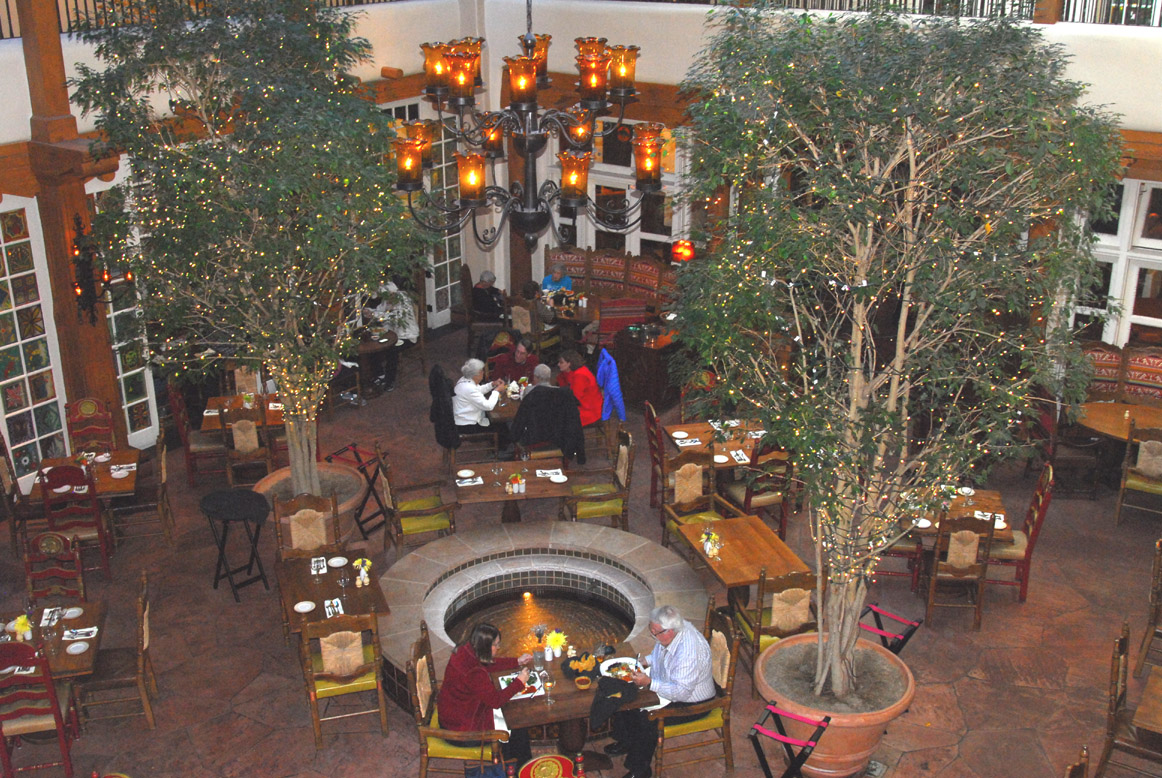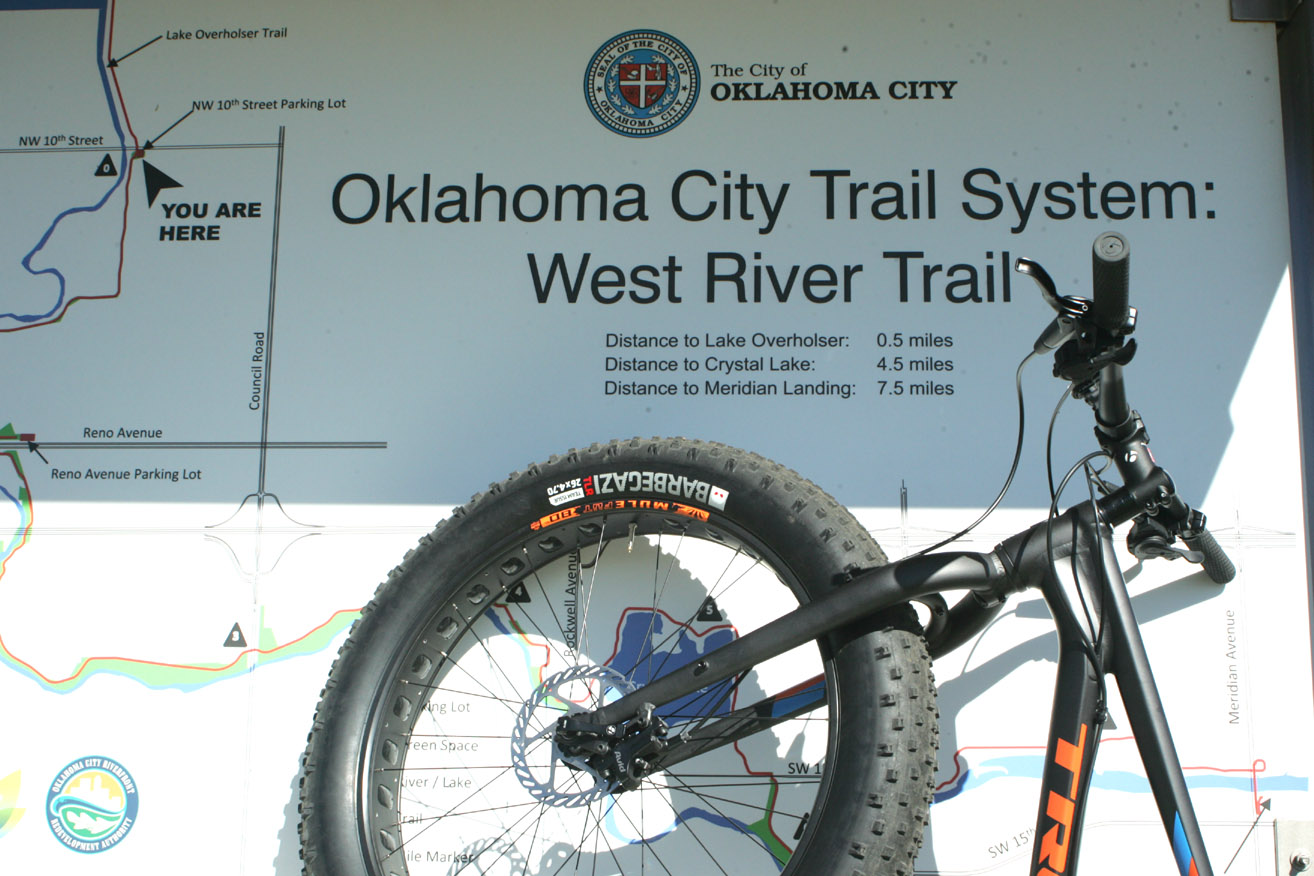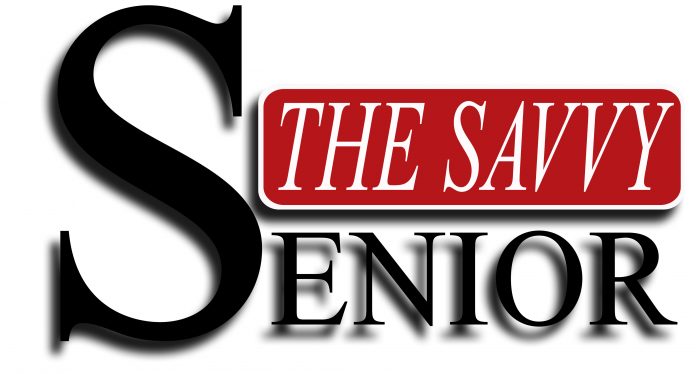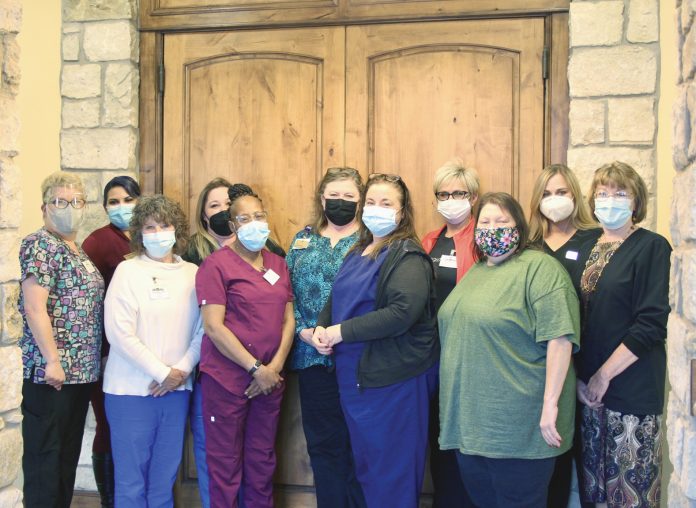With the lifesaving potential of a bone marrow transplant comes an anxious few weeks of waiting to see if the patient begins producing new cells. A hematology oncologist at OU Health Stephenson Cancer Center is the co-leader of a national clinical trial that could revolutionize the field with an imaging technique that provides an early look at a transplant’s likely success or failure.

The clinical trial represents more than 15 years of work by Jennifer Holter-Chakrabarty, M.D., a bone marrow transplant physician at Stephenson Cancer Center. Her research was launched in response to the tragic outcome of a patient with leukemia who received a bone marrow transplant. She cared for the patient until the point when laboratory and clinical diagnostic techniques available at the time were able to determine if the bone marrow had repopulated. The transplant failed and the patient eventually succumbed to an infection and died.
Holter-Chakrabarty was determined to find a way to see, soon after a transplant, whether the bone marrow is growing. “That was the state of the science at the time – we didn’t have the diagnostic capability of predicting if a transplant would be successful,” she said. “It was very upsetting to lose my patient because I couldn’t tell whether her cells where growing. I am hopeful that this clinical trial will let us know early on whether a transplant is working, so that we can take different steps to intervene if needed. Waiting four to six weeks is too long.”
Holter-Chakrabarty’s research trajectory began after reading a publication by scientists in the Netherlands who had used a new imaging agent called fluorothymidine (FLT) in positron emission tomography (PET) for solid tumors like breast and lung cancer. In that case, FLT imaging provided an excellent view of the bones but a poor look at the breasts and lungs. Holter-Chakrabarty realized that those researchers’ problem was her solution – an imaging agent that could light up the bones to reveal whether marrow was growing.
FLT’s potential is in how it differs from the current standard imaging agent, FDG (fluorodeoxyglucose). Because FDG is tied to glucose, when used for imaging, it recognizes any cell that is active, whether dividing or because of inflammation. However, the thymidine in FLT only distinguishes cells that that are dividing – the exact behavior of a bone marrow transplant that is working as intended.
Holter-Chakrabarty first tested FLT imaging in the laboratory, where it allowed her to see bone marrow repopulating in mice whose marrow had been irradiated. She then tested it in a small clinical trial in bone marrow transplant patients who were at low risk of failure because of the similarity of the donor’s marrow. Again, that trial demonstrated that FLT imaging could accurately predict early marrow growth, as well as the safety of FLT.
In the current trial, Holter-Chakrabarty is testing FLT imaging in patients whose type of bone marrow transplant puts them at a 10-12% chance of failure. In particular, the patients have undergone cord blood transplants, which use donated cells from a mother’s placenta, and haplo-identical transplants, which are matched by half, usually siblings or parents of the recipient. Patients will undergo imaging one day prior to transplant, at five to nine days after transplant, and again 28 days after. In another cohort, patients who are not producing new cells by day 24 will undergo a single FLT image to determine whether the transplant is delayed or has failed.
The trial also will allow Holter-Chakrabarty to study different biomarkers to learn more about why some transplant recipients are more at risk for failure than others.
“The more we know about the biology of the process, like understanding which proteins are in particular places and what types of modifications occur in the cells, the more we can be very direct and prescriptive about how we make changes to help the patient early on,” she said.
The clinical trial, funded by the National Institutes of Health, will enroll 50 patients at three centers: OU Health, Emory University and the University of Michigan. Holter-Chakrabarty’s colleagues at the two other sites lead the project with her. If successful, the trial will mark a major leap forward for bone marrow transplant physicians and the blood cancer patients they treat. Patients whose bone marrow transplants fail only have a 30% survival rate over three years. Moving closer to improving those odds is gratifying, Holter-Chakrabarty said.
“It has been very exciting to reach this point,” she said. “To be able to see bone marrow growing in a human while you’re doing the transplant is a first for our field. This trial is addressing the very problem I faced when I lost my patient all those years ago, and it will provide hope for our patients in the future.”


